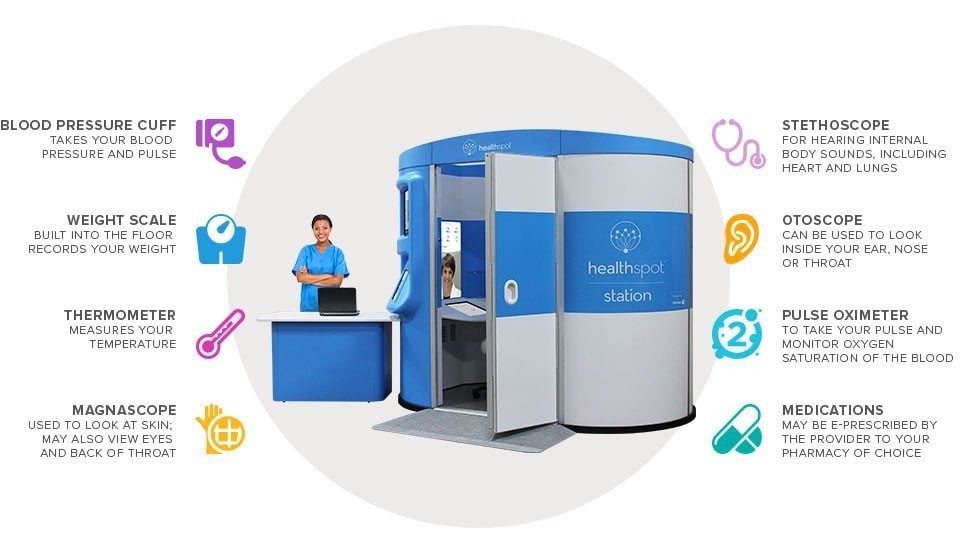The postmortem on HealthSpot continues even while there is news that another telehealth provider pulled in another $40M
in capital investment.
We’re not entirely sure HealthSpot failed though the lack of contact would indicate so. Medcity did the first “wrap” on things in their article.
Was HealthSpot mismanaged? Were freestanding kiosks too expensive, 1990s technology in a world of 2010s smartphones? Did HealthSpot pick the wrong revenue model? Opinions vary.
What’s known is that, according to CrunchBase, HealthSpot brought in $43.8 million in venture capital and debt financing between July 2011 and January 2015, yet that still wasn’t enough to remain viable.
I checked with friends of mine in the industry and here is the closest that I found to my own opinion. I wondered about FDA and also patent infringement.
From what I understand from the inside of HealthSpot is that they were continually tweaking the product for specific customers and never had a good solid proposition. It is also very expensive to buy, run and maintain. I was told by one of the major players that there was no way they would buy HealthSpot at the price point and the space it took up on the floor. Higi, on the other hand, has a clear proposition, small footprint, and now good real estate. Still unsure how the money will really flow in, but it must be doing well enough to get funding. I have not seen where it comes from. The man behind it extremely wealthy and connected.
No FDA issue, from what I understand. Execution was the tripping point, and cost. Got that from senior mgt.
More from the Medcity article
Jason Gorevic, CEO of telemedicine company Teladoc, expressed his belief that there are three critical elements to success in this industry segment: the technology platform, clinical capabilities and consumer engagement. “Consumer engagement is hard to do,” Gorevic said. This is where HealthSpot may have fallen down.
Teladoc has two revenue streams: a per-member, per-month fee it charges its partners, plus a per-visit fee. “Because we have both of those revenue sources, we can pour that money back into our customers.”
Also, Teladoc is purely a software company, so it doesn’t have the overhead associated with building and delivering kiosks.
It’s not often that having been virtually vetted by investors and galaxy customers (Cleveland Clinic & Mayo e.g.) a company self-destructs. We are sure there will be information.
More related articles
- Vsee take on failure is good
- Good take by Frost and Sullivan pointing out patent was on data transmission.
- Link to court case
- News writeup on litigation
- Bizjournal article which also lists Commercial Vehicle Group the manufacturer.





